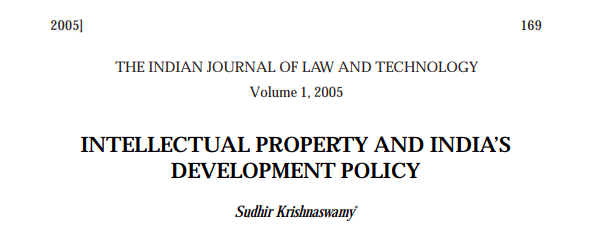
As India wades into the 21st century, we are faced with a strategic choice about how we imagine and institutionalise new modes of regulation of access, control and production of information, knowledge and cultural resources. The rapid legislative activity on intellectual property, most recently the Patent (3rd Amendment) Act, 2005, has so radically shifted the goalposts of the debate that we are still to catch our breath! This essay is an exercise in deep breathing and careful reasoning to relieve us from our present breathless state.
Let us begin with Garrett Hardin’s contestable prognosis on the ‘tragedy of the commons’1 which has grounded recent debate on intellectual property policy. Operating from his premise, we can agree that the ideal regulatory framework for public goods is one that maximises access and use of these goods while ensuring the sustainable preservation and regeneration of the resource. We may then deploy this ecological metaphor of the commons to set up a benchmark against which we assess the relative merits of regulatory strategies which respond to analytically identical problems with information, knowledge and cultural resources. Let us name the two facets of this regulatory benchmark the ‘access maximising’ and ‘sustainable production’ imperatives. Having got this far, the rest of this essay seeks to identify the best regulatory strategy as one that responds adequately to both these strategies simultaneously.
Access the paper here.
